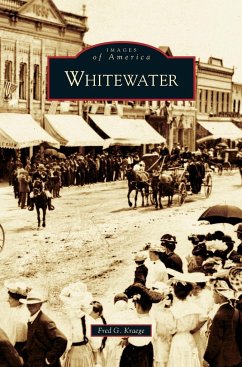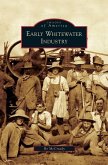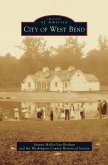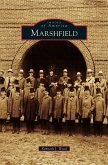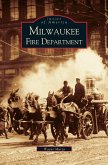The city of Whitewater was named for the soft, white clay that lined the stream flowing through the area. Later it claimed the motto "the Banner Inland City of the Midwest" and, after that, "Whitewater, the City Beautiful" for its stately homes and large, graceful trees. Samuel Prince, the first settler, erected a cabin on his claim of 60 acres in 1837; a gristmill, sawmill, paper mill, and numerous stores were soon established in this rich agricultural area. The railroad came, and the manufacturing of the Esterly Grain Harvester and the Whitewater Wagon made Whitewater an industrial town. In 1868, the state's second normal school--later the University of Wisconsin-Whitewater--located here, further changing the town's character.
Hinweis: Dieser Artikel kann nur an eine deutsche Lieferadresse ausgeliefert werden.
Hinweis: Dieser Artikel kann nur an eine deutsche Lieferadresse ausgeliefert werden.

